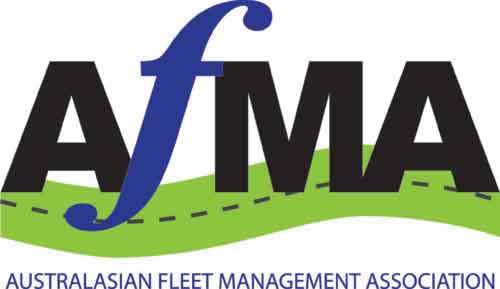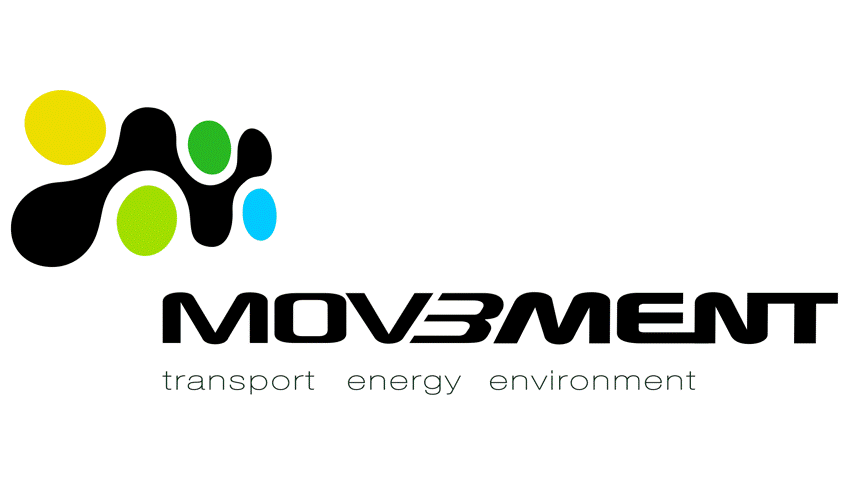The New Zealand Transport Agency Waka Kotahi (NZTA) is consulting the public on proposed changes to the Land Transport Rule: Vehicle Exhaust Emissions 2007. The amendments aim to align New Zealand’s light vehicle emissions standards with Australia’s, simplifying vehicle imports and reducing complexity for distributors.
By mirroring Australian standards, vehicles can enter New Zealand without modifications, which benefits both importers and consumers. Submissions are open until 24 January 2025.
Industry Welcomes Changes, but Concerns Remain
The new vehicle industry largely supports aligning with Australia’s standards, as many vehicle models are shared between the two countries. In a recent report from AutoTalk NZ, Kit Wilkerson from the Imported Motor Vehicle Industry Association (VIA) said the rules need to be fair. He explained that the process should treat all importers the same.
“While aligning with the ADRs is a positive step—particularly for the new vehicle market, which can then produce for both Australia and New Zealand without extensive modifications — it is important to remember that half of New Zealand’s vehicle imports are parallel-imported used vehicles, primarily from Japan,” said Wilkerson.
“These Japanese imports already meet or exceed emission reduction goals under their own rigorous testing regimes,” Wilkerson claimed.
“We want to ensure that these source markets are recognized and treated equitably in this review.”
A Harm-Based Approach
VIA has called for the standards to acknowledge equivalent testing methodologies from various countries. Wilkerson pointed out that current rules allow vehicles tested under older systems like the NEDC, which are less accurate, while excluding some Japanese imports tested under the newer JC08 cycle.
“This inconsistency risks creating market distortions and unnecessary limitations on the supply of affordable, low-emission used vehicles,” he explained.
To address this, VIA proposed a harm-rating system tailored to New Zealand. This methodology would evaluate emissions standards based on their actual environmental and health impacts, rather than their country of origin.
“We’d like to see a transparent, harm-based approach that sets a uniform cap on acceptable emissions,” Wilkerson said. “This would recognise any standard—be it Euro, ADR, or Japanese—that demonstrably meets or exceeds that cap.”
Wilkerson believes this would future-proof the country’s regulations, allowing flexibility as global standards evolve.
“With the proposed amendments, NZTA is taking a significant step toward cleaner, more consistent vehicle emissions standards,” Wilkerson said. “But policymakers must ensure that aligning with Australia does not sideline affordable, low-emission used vehicles from other markets.”
To learn more or make a submission, visit the NZTA website.
Did you find this article informative? Click the ‘heart’ button above to give it a ‘like’!



















